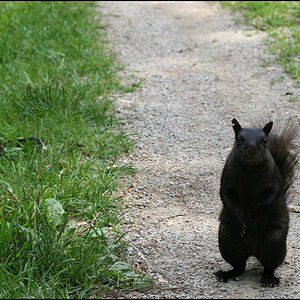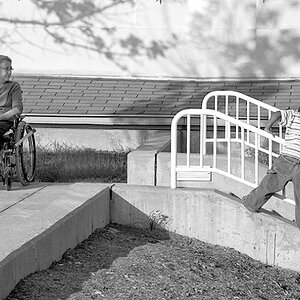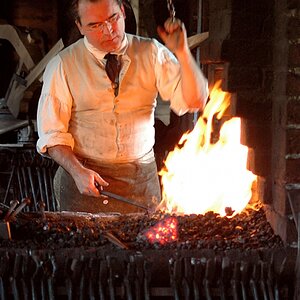Olthaus
TPF Noob!
- Joined
- Apr 23, 2013
- Messages
- 13
- Reaction score
- 0
- Location
- Ohio
- Can others edit my Photos
- Photos OK to edit
Hello!
Okay so I feel like a dumby for asking this question buuuut here it is... Whenever I shoot in lower light conditions and I have to have a higher ISO, my photos come out super grainy (like this: Little Miss Luna - Imgur) I also have my aperture pretty low. I can't have higher settings because then the images come out too dark and I hate the look of my flash soooo what can I do?
Thanks!
Okay so I feel like a dumby for asking this question buuuut here it is... Whenever I shoot in lower light conditions and I have to have a higher ISO, my photos come out super grainy (like this: Little Miss Luna - Imgur) I also have my aperture pretty low. I can't have higher settings because then the images come out too dark and I hate the look of my flash soooo what can I do?
Thanks!


![[No title]](/data/xfmg/thumbnail/36/36398-33d875428a7eefdf5b31188ec0f555a5.jpg?1619737551)
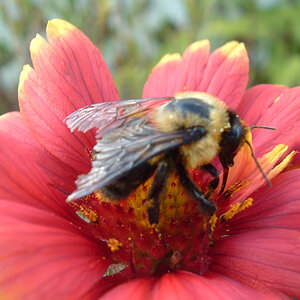
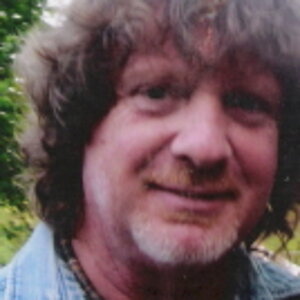
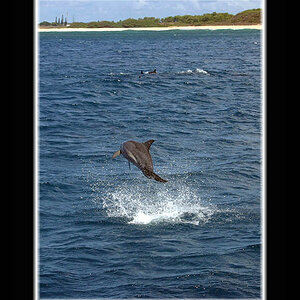
![[No title]](/data/xfmg/thumbnail/37/37132-262f6a30f085c3ab6d83925db41b553b.jpg?1619737884)
![[No title]](/data/xfmg/thumbnail/36/36401-dfb1077e5917eb47c5acf9c208e7be2a.jpg?1619737552)
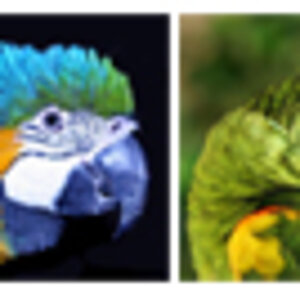
![[No title]](/data/xfmg/thumbnail/40/40297-5b7d12c4c72c43b505a6f575d338d573.jpg?1619739411)

